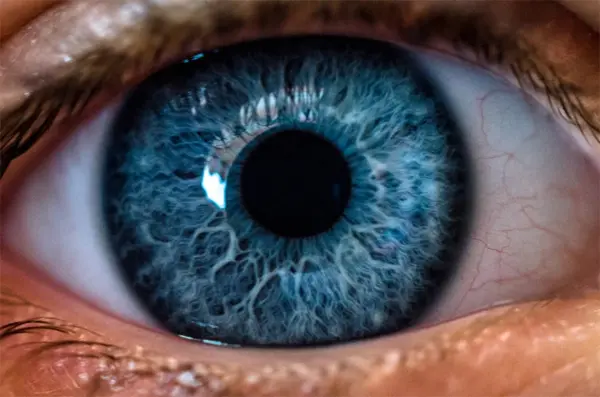
STAKEHOLDERS RISE AGAINST GROWING BLINDNESS IN PLATEAU
…Call for improved action against avoidable blindness
By Marie-Therese Nanlong
Bokkos local government area of Plateau State has been identified as the area with the highest prevalence of blindness in the State with the area’s statistics of avoidable blindness pegged at 16.3%.
This came as it was also discovered that the State has a high prevalence of blindness with 2.7% against the national figure pegged at 0.7%.
These were parts of the findings during the Rapid Assessment of Avoidable Blindness, RAAB survey conducted in 2023 across the 17 LGAs of the State to measure the magnitude and causes of visual impairment in people 50 years and above as well as the extent to whichcaree services are reaching different groups of people in the State.
The survey done by the State government in partnership with Sightsavers International, Health And Development Support, HANDS with the support of the Christian Blind Mission International, revealed that unoperated cataract, glaucoma, cataract surgical complications, refractive error, among others are the main causes of blindness in the State.
At a meeting held in Jos to review the survey and find ways of mitigating the negative outcome, stakeholders frowned at the prevailing practice of couching (a traditional approach of removing the occluded lens with a sharp implement) in the State and called for improvements in the quality and quantity of cataract surgeries to achieve universal health coverage targets.
Abalis Dasat, an Eye Health Manager with HANDS said, “The State Government through the Ministry of Health has been in partnership with donor partners like Sightsavers International and CBM International. As a result of the partnership, the RAAB survey was carried out. This meeting is to disseminate the findings from that study. Our concern is that no one needs to be blind, needlessly.
“The survey shows the magnitude of blindness that is particularly avoidable. It came out with some of the hidden facts about the magnitude of blindness in Plateau State. So moving forward, we are going to be very guided. We are no longer going to be working based on assumptions but it’s going to be work that is statistically directed because of the outcome of the survey.”
A consultant ophthalmologist, Alice Ramyil, of the Jos University Teaching Hospital, JUTH who was the Principal Researcher added, “We discovered that the highest prevalence of blindness in the State is higher than the national quoted value, we have a prevalence of 2.7% which is way higher than the 0.7% national figure. The majority of causes of blindness are cataracts, and glaucoma and these conditions are avoidable.
“For those with mild to moderate visual impairment, refractive error could easily be corrected with glasses. We are to up our game in the provision of good quality eyecare to tackle these conditions. There are surgeries for cataracts but the cost is high and the coverage is not enough. We need to improve our output and quality to attract people.
“Government and spirited individuals should buy into eye health and help reduce the out-of-pocket expenditure. Health insurance at the national and State could expand to cover eyecare and increase the spread because it was discovered that quality services were absent in the southern and central zones of the State. Bokkos has the highest magnitude of blindness and cataract backlog and the least served and Jos East has the least magnitude.”
Sunday Ishaku of Sightsavers International and Dr. Obiarairiaku Ukeme-Edet commended the efforts of the State government in curbing the trend by putting in place implementable policies that would benefit especially the less privileged and those living with disabilities and asked that the manpower gaps be filled and the capacity health workers in the rural communities be strengthened to offer advise and timely referrals for immediate attention.
They assured of creating continued awareness and giving other support to ensure that people don’t go blind needlessly.
